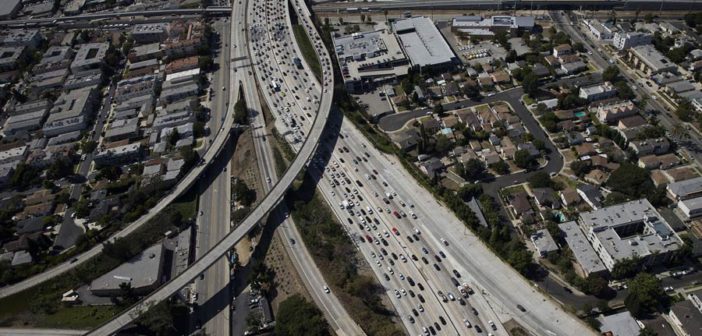Company sees opportunity as automakers move toward self-driving cars
Adobe Systems Inc. has helped companies tackle digital marketing on computers and smartphones. Now, it wants the next key device: your car.
New services unveiled Monday to help businesses analyze data from web-enabled autos thrust Adobe into competition with big rivals such as Alphabet Inc.’s Google, which provides software inside vehicles. Adobe will provide analytics, marketing features and help automate audio ads, enhanced by the company’s artificial intelligence feature called Sensei.
The move puts Adobe on the forefront of efforts to harvest the trove of information being generated by new on-board voice capabilities, infotainment applications and, eventually, self-driving autos. That kind of analysis is just getting under way with cars, as manufacturers such as Daimler AG and BMW AG enable autos to collect real-time data with networking that makes their vehicles more like a mobile phone, said Michael Ramsey, an analyst with Gartner.
“It’s just in its very infancy—and not nearly in the way it’s being done with the phone,” Ramsey said. “But that is the plan.”
Adobe is trying to reach beyond traditional gadgets with its marketing-services arm. After spending about $500 million on a video advertising startup, TubeMogul, the company announced analytics for Amazon.com Inc.’s Alexa voice-activated assistant and similar services. Cars are the next big step and a fierce battleground.
“Just think about the amount of time people spend in their cars,” said Amit Ahuja, vice president of emerging businesses in the Adobe Experience Cloud. “This is spot-on huge.”
Ford Motor Co. has made moves as well—announcing a deal with Amazon for Alexa services in January. The partnership offers consumers the ability to access their cars from homes, and call up other features from their vehicle via Alexa.
Carmakers have been slow to adopt more fully connected vehicles, partly because the costs are significant, Ramsey said, adding that more manufacturers will take on the technology in the future. Automakers are under pressure to show how it will make them money or help them sell more cars, he said. In addition, smartphones already can handle many digital services for drivers and passengers in a car.
There are other challenges, including privacy concerns — and how much data consumers are willing to give up, analysts say. At the same time, they may not embrace the new marketing and advertising messages inside their vehicles. Adobe said privacy is a key issue, adding that “consumer trust and transparency serve as guiding principles in developing new products and offering new services.”
The company, which counts the largest carmakers in the world among its existing customers, is targeting the broader automobile industry and the developers who make applications designed for the vehicle.
“We have expanded our vision and our market opportunity,” Chief Executive Officer Shantanu Narayen said on the last earnings call in June.
Ahuja’s position was created earlier to help Adobe find areas where consumers will be spending time online in the future.
With the new analytics service, companies can capture behavior signals in the vehicle, such as song selections or voice interactions with the infotainment systems. This could then help better personalize what driver or passenger sees or hears in their vehicles—such as an offer for a restaurant or a discount at the hair salon, based on navigation data.
Another feature could let a corporation send news or music content to the in-car screen. In addition, Adobe will help place audio ads for digital radio and streaming music applications. After the ad is played, marketers can target users again across a variety of platforms, such as video or search.
Adobe hopes automakers can use these tools to find new revenue for their vehicles. The company is working with the Automotive Grade Linux Project, an effort that competes with Google and others, and is being used by Toyota Motor Corp. for helping run connected cars.
While there are possibilities today, it will take fully driverless systems before the car truly becomes a digital device. If a driver is doing little more than sitting in a seat with time and attention to burn, more full-fledged entertainment, productivity features and other services will be in demand.
“That’s when the door swings wide open to the largest untapped information mine left on the planet,” said Eric Noble, professor of vehicle technology at ArtCenter College of Design in Pasadena, California.
–
This article first appeared in www.bloomberg.com
Seeking to build and grow your brand using the force of consumer insight, strategic foresight, creative disruption and technology prowess? Talk to us at +9714 3867728 or mail: info@groupisd.com or visit www.groupisd.com




